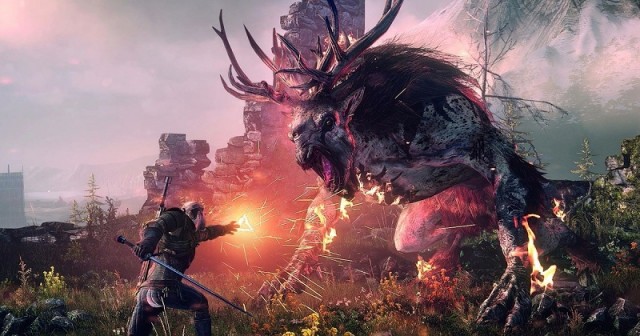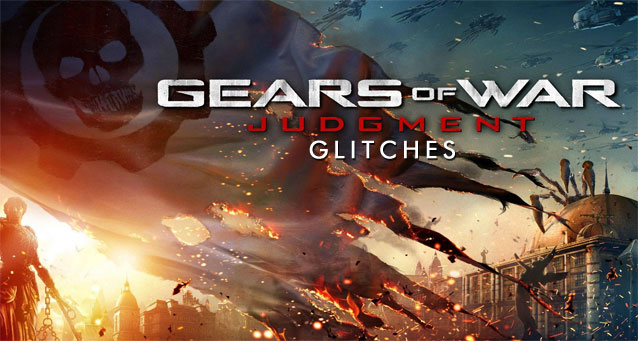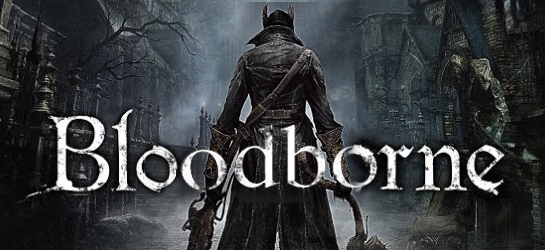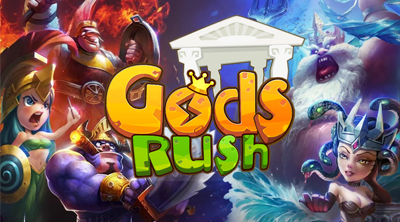


What amount of cash are we willing to part with in order to have a good time? That’s essentially the bottom line here. What is the worth of a game for a customer. Any customer.
The big ones, the so called ‘triple-A’ releases are getting shorter, while their production costs are through the roof. At least, in terms of singleplayer campaigns, the stuff that’s most closely comparable to other media. Multiplayer is difficult to put a time stamp on. A single player campaign lasts between 6 and 20 hours usually. Multiplayer goes on as long as there are people playing. So the value of multiplayer, which might better be compared to the price of a football or a board game, cannot be compared the same way really, even if multiplayer components are essentially a part of almost any game we buy.
First of all, let’s take a look at gaming prices across the board. Nowadays, any new big release of a game costs a player about $60. Or 60€, regardless of what amount of playtime is included. Admittedly, there are deviants from that, since there’s always some game store or electronic chain store or online retailer selling below that mark, however 60 units of either American or European currency are currently the usual standard asking price for pretty much any game. For consoles anyway.
The big difference to other media, especially to movies or television, is that games cost basically the same, whether it’s a rather short but intense title like Bulletstorm or a super lengthy experience like Skyrim or the latest Mass Effect. The actual ‘running time’ doesn’t matter for pricing. This is slightly different with noninteractive media, since a movie on DVD usually costs around $10. Things get interesting when taking TV series into account. Those usually offer about the same ‘running time’ as games, and their pricing—when newly released—puts them in a similar spot.
With the rise of production costs and the drop in single player campaign length however, games provide a much less coherent ratio of ‘bang for the buck’.With the rise of production costs and the drop in single player campaign length however, games provide a much less coherent ratio of ‘bang for the buck’. Game pricing, at least that for big releases, is very inflexible. So it’s no big surprise that things like used sales and rentals are so popular these days. Especially for those games that don’t deliver 20+ hours of entertainment. Keep in mind, I’m talking mostly about single player games here. And even when including the multiplayer sections, by far not all games out there that feature multiplayer are safe from being either rented or traded in.
What’s interesting is that titles like Skyrim, which deliver hours and hours of entertainment, see much less used sales. And naturally since they offer so very much, they make for rather bad rentals. Few people would go and rent Skyrim for a weekend and then be done with it. A game like this actually makes up for the steep asking price. Which is similar to those titles that guarantee a multiplayer experience that will be populated with a lot of players weeks and months after the games’ initial release dates.
Those other titles, while they may cost similarly crazy amounts of money in production, do usually not go so well for day-1 purchases. And that’s essentially where game pricing is broken. Of course it’s not that easy to come up with a new, improved and stable pricing model. The current one seems to work well enough for everyone, even if publishers keep complaining about used sales, rentals and piracy and seem to battle of those phenomena tooth and nail, regardless of how much of a hassle they put on their actual and / or honest customers.
While even a market like mobile games has a problem with piracy, there is another pricing model that works and sees companies raking in huge sums of money. Those games cost very little, and while they usually don’t provide nearly the same amount of entertainment time, or have production costs anywhere near to those of the big releases, they prove that a lower price point can actually work.
Another interesting example is the indie market. Indie games rival the big releases these days in terms of entertainment value, however they usually sell at a much, much lower price point, have much smaller budget and still tend to be somewhat profitable. Of course, I admit, this is an oversimplification, but for the sake of comparison, take a game like Bastion, or even worse, a game like Minecraft. They sell at a fraction of the asking price of big releases, they make quite a profit and a huge impression on the critical community. Those titles show a viable alternative to the current inflexible pricing system.
Minecraft is obviously the extreme here. Without any marketing budget, with only one single guy developing the project, this game has managed to make millions before it even was released simply by selling access to the alpha versions (and even versions before that) for $10. The hours of entertainment provided for this price is beyond measurement. But as I said, it’s an extreme example. Also, the indie market is riddled with releases nobody ever hears from.
There are working markets out there that operate with different pricing structures, that usually don’t use DRM or other methods of customer harassment, where products are on sale that deliver similarly huge amounts of ‘fun time’ compared to the big releases. I would argue that if the big publishers dared to price their products more along these lines, more units would actually be sold. Maybe there would be less of a profit by the individual sale, but since I’d expect much more units being shifted that way, that wouldn’t matter. I am of course not a business scholar, so I might be dead wrong. However, I keep wishing I wasn’t, and that the publishers saw fit to adapt here. The pricing of games is broken as it is. And there seems to be no sane reason to stick with it.




 How to Evolve into Heroes, Survive Better, Extra Gems and more in Gods Rush
How to Evolve into Heroes, Survive Better, Extra Gems and more in Gods Rush Mad Max: How to locate and Defeat the Death Races
Mad Max: How to locate and Defeat the Death Races Watch Dogs Release Date Rumours
Watch Dogs Release Date Rumours Install Google Play & Remove Ads on an Amazon Fire Tablet Without Root
Install Google Play & Remove Ads on an Amazon Fire Tablet Without Root Assassins Creed Brotherhood Wallpapers in HD
Assassins Creed Brotherhood Wallpapers in HD